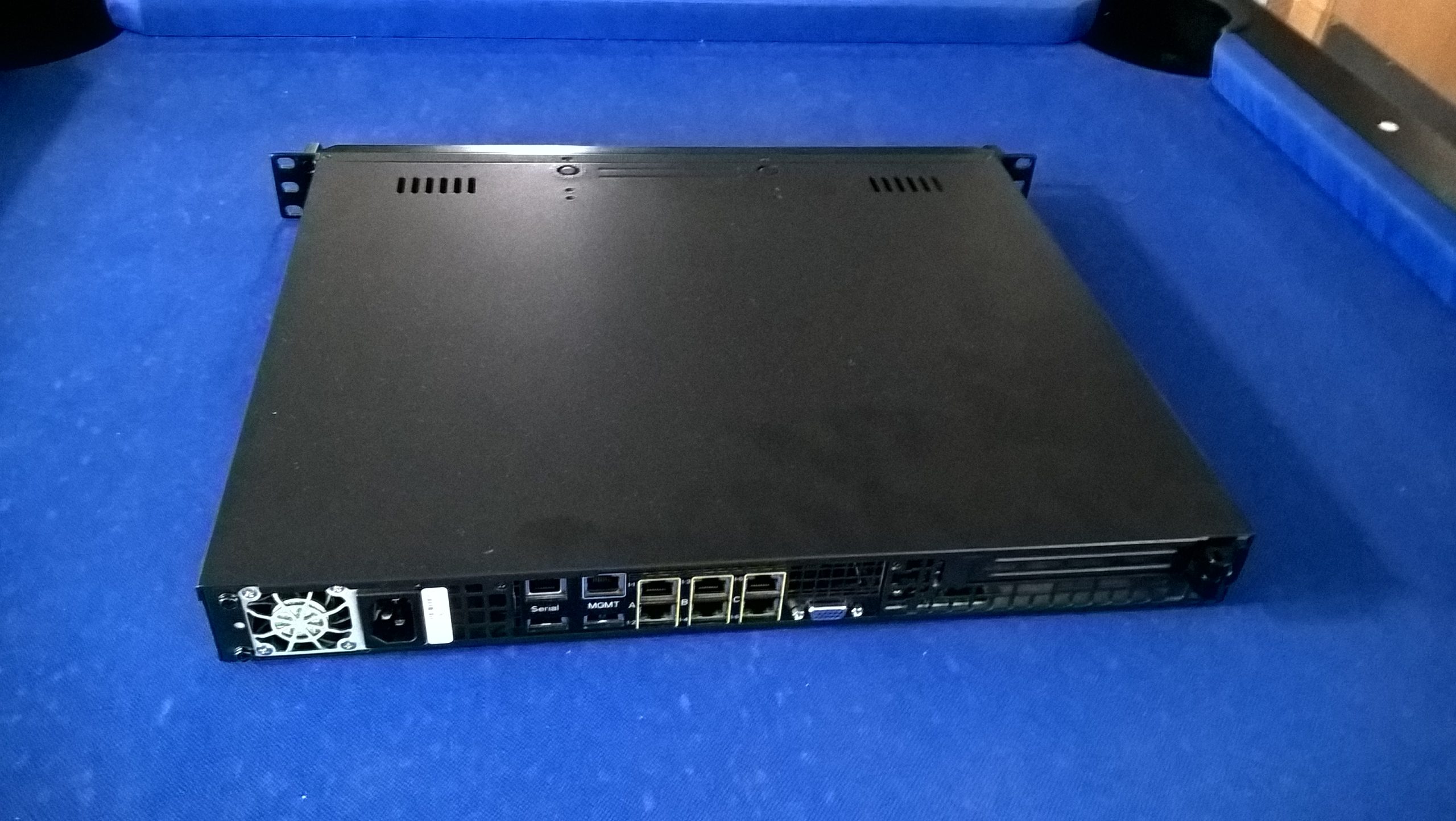Understanding the TLS Handshake: What It Takes to Secure Your Online Connection 🔒
The digital world today is built on the premise of secure communication, with the TLS (Transport Layer Security) handshake at the heart of this process. Have you ever wondered what really happens when you see that little padlock icon on your browser? This article aims to unravel the intricacies of the TLS handshake, explaining how it ensures safe interactions between your device and the websites you visit.
To aid comprehension, we will refer to an illustrative infographic that encapsulates the entire process of the TLS handshake. (A link to the image is available at the end of this post.)
Introduction: The Purpose of SSL/TLS
Before delving deeper, it’s vital to grasp the twin objectives of SSL/TLS:
- ✅ Authentication: Ensuring that the server you’re communicating with is indeed what it claims to be.
- ✅ Data Protection: Establishing session keys that securely encrypt the data transferred between your device and the server.
Key Concepts to Know
As we dissect the handshake, we should clarify a couple of fundamental concepts:
Record vs. Packets
- In the infographic, each line represents a “Record” sent during the handshake process. It is important to note that these are not the same as network Packets. Multiple records can be bundled into a single packet, or a single record may require multiple packets to be transmitted.
Cryptographic Foundations
To fully appreciate the TLS handshake, an understanding of basic cryptographic concepts is beneficial, including:
- Hashing
- MACs (Message Authentication Codes) and HMACs (Hashed Message Authentication Codes)
- Encryption
While we won’t explore these topics in detail here, if you’re interested in learning more, supplementary resources are linked throughout this post.
With that foundation laid, let’s explore the components of the TLS handshake.
The TLS Handshake Process
1️⃣ Client Hello
The handshake kicks off with the Client Hello message, initiated by your web browser. This includes five crucial fields:
- SSL Version: The highest version supported by the client (e.g., TLS 1.2 or TLS 1.3).
- Random Number: A 32-byte value generated by the client to enhance security.
- Session ID: This allows session resumption, permitting a quicker handshake in future interactions.
- Cipher Suites: A list of supported cipher suites,
Share this content:




Thank you for sharing this detailed overview of the TLS handshake process. Understanding how the secure padlock is established helps in troubleshooting SSL/TLS-related issues effectively. If you’re experiencing problems with SSL certificate validation or handshake failures, here are some steps you can take:
If you need assistance with configuring SSL/TLS properly on your server or deepening your understanding of cryptographic protocols, feel free to reach out. Proper setup ensures your visitors enjoy secure and seamless browsing experiences.